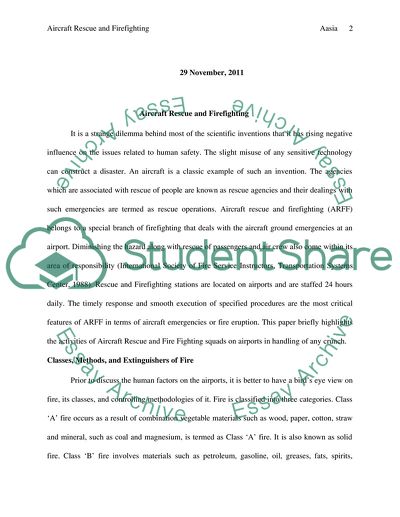Cite this document
(Aircraft Rescue and Firefighting Research Paper, n.d.)
Aircraft Rescue and Firefighting Research Paper. Retrieved from https://studentshare.org/technology/1760167-human-factors-on-airports
Aircraft Rescue and Firefighting Research Paper. Retrieved from https://studentshare.org/technology/1760167-human-factors-on-airports
(Aircraft Rescue and Firefighting Research Paper)
Aircraft Rescue and Firefighting Research Paper. https://studentshare.org/technology/1760167-human-factors-on-airports.
Aircraft Rescue and Firefighting Research Paper. https://studentshare.org/technology/1760167-human-factors-on-airports.
“Aircraft Rescue and Firefighting Research Paper”, n.d. https://studentshare.org/technology/1760167-human-factors-on-airports.


